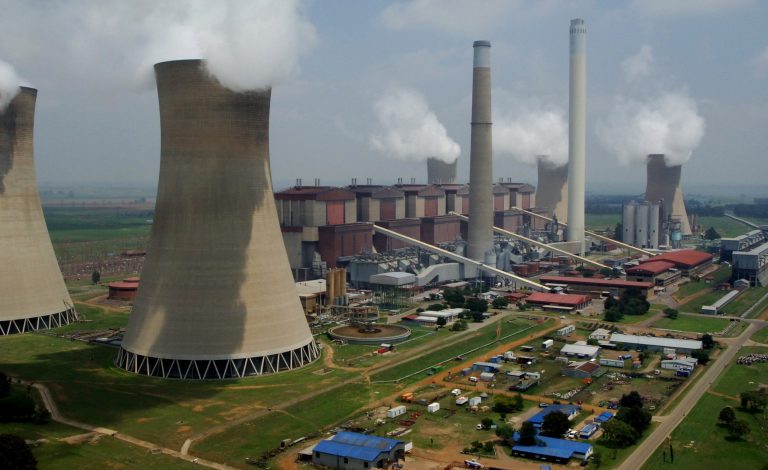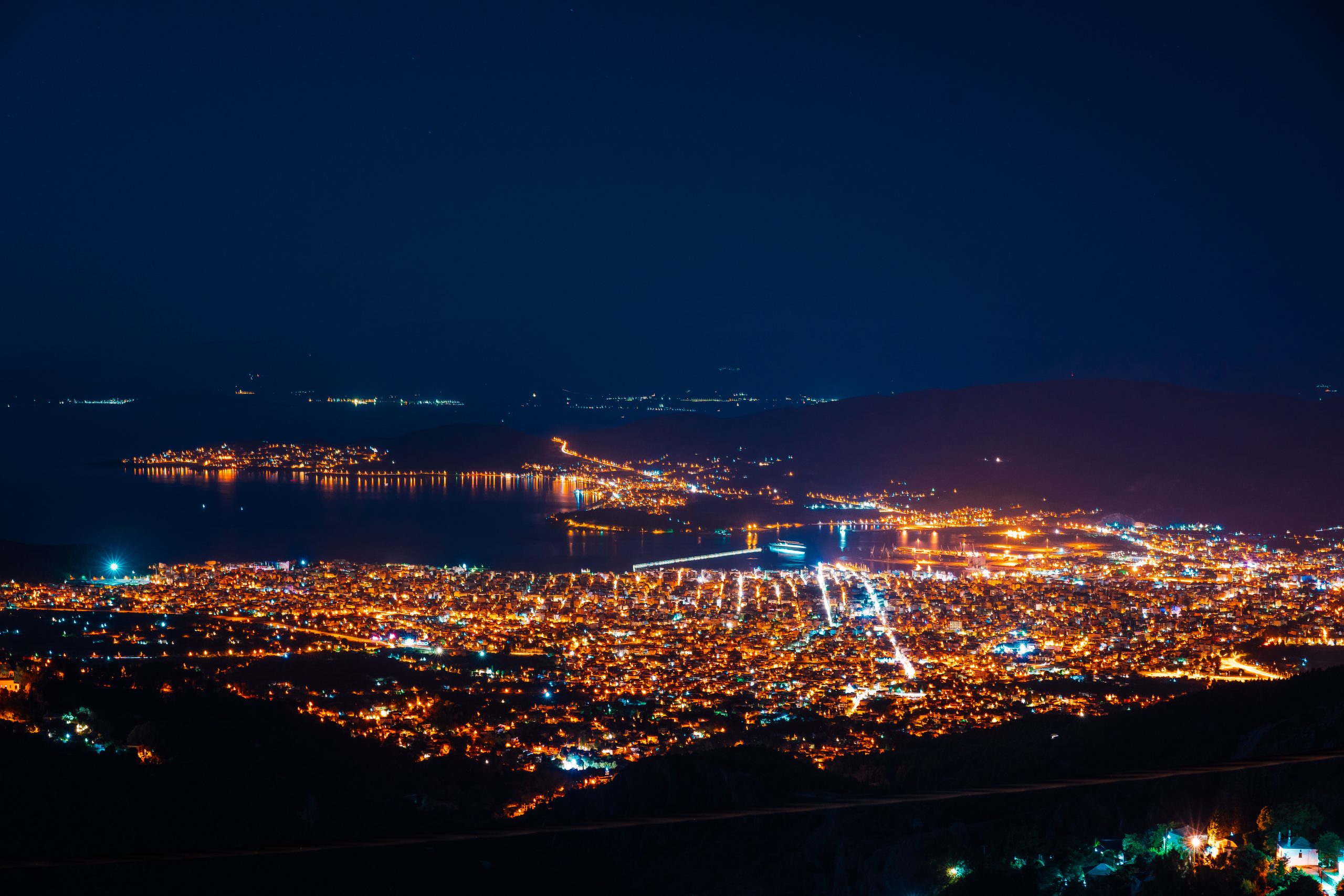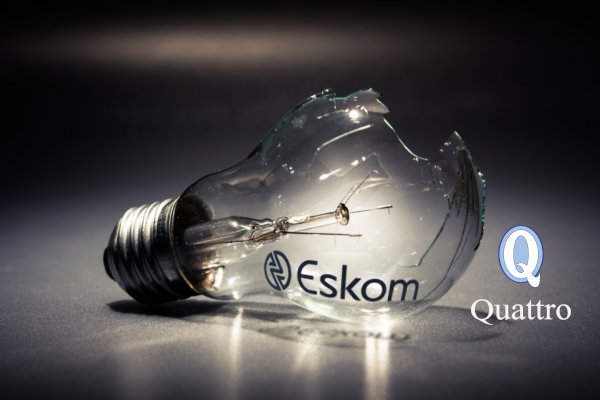
HOW WE SEE THE WORLD – JULY 2023
August 10, 2023
HOW WE SEE THE WORLD – AUGUST 2023
September 13, 2023Our Current Reality?
As it stands, at least 40% of the grid is unavailable to produce electricity at any given time due to breakdowns and maintenance.
Consequently S.A citizens do not have access to roughly 20% of underlying electricity demand that we desperately require. This crisis on its own short-circuits our economic growth by 2%, whilst simultaneously adding fuel to the fire by exacerbating inflationary pressure and tarnishing the perceived risk of the country.
So, what is being done about it?
Renewable energy (IPP generation) must be catching our attention:
Projections estimate 10.6GW of generation capacity added by the end of 2025, half of which will be available in the latter months of 2024. This number is an accumulation of private and government installed energy, thus includes the Renewable Energy IPP Procurement Programme (REIPPPP), an initiative by the South African government that, like you, breeds justified scepticism in us.
The addition of this generation capacity by close-off of the 2025 calendar year would eliminate three stages of load-shedding, equating to 10% of the country’s electricity demand.
Of course, there are still repairs. This is a logical and necessary maintenance routine, but it amplifies load-shedding. Although there has been a notable pick-up in electricity repairs since September last year, I don’t need you to note that load-shedding has also spiked. In fact, we have had more power cuts thus far this year than we had in the entire 2022 year.
- Kusile, a major supplier of baseline electricity supply saw its unit 1 flue duct collapse, consequently rendering its units 2 and 3 out of action, and will remain out of action this year.
- Koeberg is currently undergoing life-extension refurbishment and is only likely to be back online come mid-year, 2024.
Collectively, these plants account for 3.1GW of baseline electricity, which severely harms an already constrained grid.
Challenges

How much time have you got to devote to this paragraph? The country has an ageing coal fleet, and its performance is decreasing consistently. It is being maintained on an ever-increasing basis, until its decommissioning in 2030, a position this house sees as unlikely.
While the number of IPP projects being registered with NERSA has risen and continues to rise significantly since the threshold was removed, we have become increasingly concerned by the constraints posed by grid congestion.
A recent survey found that while 18GW of renewable energy projects are in advanced stages of development, with a further 21GW under early development, between 33% and 50% of these projects are in areas where Eskom has insufficient, or no available grid capacity. Perhaps we should collectively hold thumbs that Eskom becomes a transmission only business sooner, rather than later.
The path ahead
Disappointingly, in the short-term, the status quo will continue until the middle of next year when Kusile (hopefully) comes back online and independent power producers (IPP’s) begin plugging into the grid, where generation will begin to bear fruit and create the platform for a healthier outlook.
Should everything go according to plan, heading into the second half of next year, we will begin to see much of the GDP growth drag dissipating. Worth popping champagne over and certainly worth spreading optimism around the braai is that SA’s new build momentum in renewables lies significantly with private generation. Unlike the government led REIPPPP programme, the private and commercial sector are determined, optimistic and dependable.
By the end of 2025, only 25% of the total 10.6GW forecast additional renewable energy capacity will be provided by the REIPPPP. The remaining 75% will be from private sector installations and associated commercial purchasing power agreements. Combining the IPP supply coming online with a sizeable recovery in Eskom’s existing capacity and EAF, it looks to us as though mid-2024 will see a swift reduction in the overall level of electricity cuts. With luck, prayer and a steely intent that we can make the future better than the present, we will shed power cuts for good. Now, that is worth feeling energized over.
A positive conclusion

It is crystal clear that a dynamic response to South Africa’s energy crisis is finally underway. While there will always be setbacks and constraints, we believe that it has become standard practice for South African investors to have an overly pessimistic and myopic outlook for the country in this regard, and who could blame us? In South Africa’s case, much of the stress and sentiment around electricity shortages has been compensated for in both the currency and market multiples. As such, should green shoots begin to show, it will provide an extremely attractive risk-reward scenario for SA Inc.

